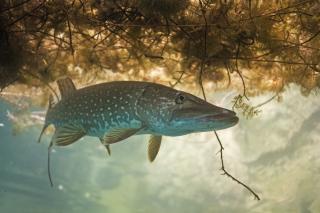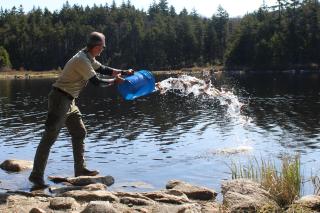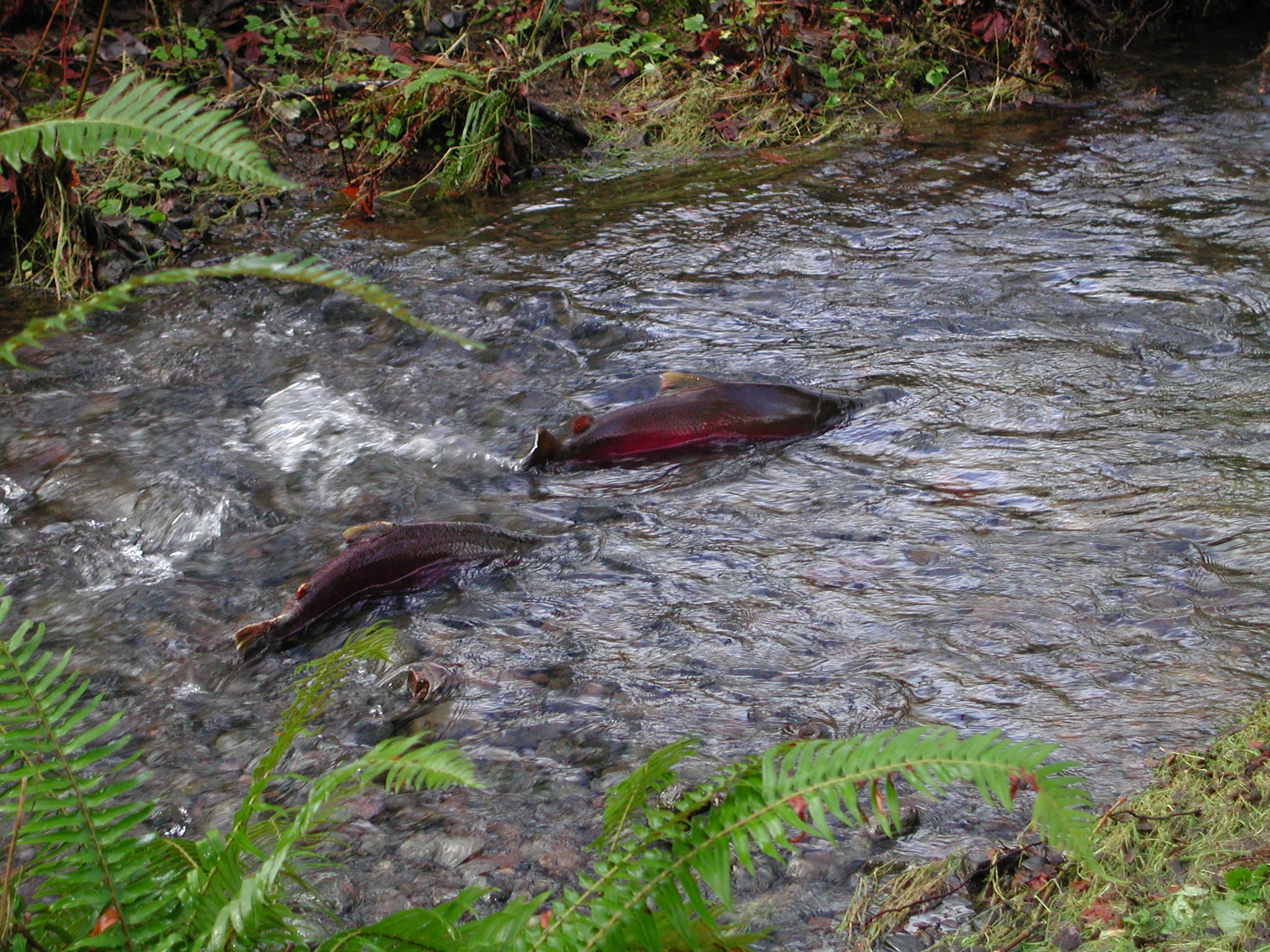
Late spring heralds the start of open water fishing season. In much of the country, even the most stubborn winter ice has long since receded. Cold water species like trout rise to the surface to feed on the insects that swarm in thick clouds. Warm water species like bass lurk in the weeds at the pond’s edge.
Hearing the call, anglers begin to arrive at streams, rivers, and ponds to experience that sublime moment when they hook a big fish and witness its grace as it fights on the line.
For the casual angler, it’s easy to take for granted the abundance of fish this time of year. However, many species, especially native fish, can use their help.
“There are so many issues affecting the health of fish populations – barriers caused by dams and roads that cross streams fragment fish habitat. Water is diverted out of streams for other uses.” said Tina Hopkins, the regional fisheries program manager for the Forest Service’s Intermountain Region. “But perhaps the biggest threat across the country is aquatic invasive species.”
In some places, plants like milfoil and bivalves like zebra mussels are altering their habitat in drastic ways and making it impossible for native species to thrive. In other waters, invasive fish – like northern pike and walleye – are outside of their native range and prey on or compete with native species.
Aquatic invasive species do cause problems. But so, too, do well-meaning or ill-intentioned humans who introduce a destructive species into a sensitive ecosystem. In fact, people are most often the reason invasive aquatic species are present in the first place.
“Sometimes it’s the kid with the home aquarium full of goldfish who doesn’t have the heart to dispatch them and instead lets them loose in a nearby pond,” said James Capurso, regional fisheries biologist for the Forest Service’s Pacific Northwest Region. “People do not realize or do not consider the effect of a seemingly small act like releasing fish in a local pond. Either way, the consequences for the native fish population can be severe.”

The Forest Service, state fish and game agencies, universities, and other partners are working together to protect waters from the introduction of invasive species and, when possible, control the invasive species already there.
For example, the Forest Service’s Pacific Northwest Regional Dive Team deploys to control the Eurasian milfoil in otherwise pristine lakes, such as Odell Lake in the Cascade Mountains of Oregon. Water milfoil is a tough, aggressive plant that grows to the point that it crowds out native plants and can become so thick that ordinary activities like boating, fishing and swimming is difficult.
“We have developed an invasive species monitoring and rapid response program here in the Pacific Northwest Region that uses crews and DNA samples to detect invasive species in waters on national forests throughout the region,” said Capurso “Our goal is to detect new populations before they become well established so we can inform our rapid response.”
When it comes to invasive fish, bivalves, and invertebrates, managers have few options once a species becomes established. Reclamation, a process for culling all fish in a pond or watershed and reintroducing native species, is an intense intervention and not viable everywhere.
“In most cases, it’s nearly impossible to remove invasive fish species from the ecosystem once they are established,” said James Pellerin, regional fisheries biologist with Maine’s Department of Inland Fisheries and Wildlife.
Preventing the introduction of invasive species is key to the future of native fish. Whether wading into the Deschutes River in Oregon or floating a canoe on Crocker Pond in Maine, anglers and recreators play a key role.
Fisheries biologists from around the country have recommended a few ways that anglers, boaters and recreators can do their part to ensure healthy fish stocks for seasons to come. Here is their advice to recreators, in their words:
“Consult your lawbook, know the rules, and please don’t move fish around,”
- James Pellerin, Regional Fisheries Biologist, Maine’s Department of Inland Fisheries and Wildlife, Maine
“It is extremely important that anglers clean their boats, trailers, waters, and gear when they are done fishing for the day, preferably pressure washing with hot water, to keep from spreading invasive plant species. Washing equipment should be part of anglers’ routine.”
- James Capurso, Regional Fisheries Biologist, Forest Service Pacific Northwest Region, Oregon
“Every drainage is going to be different, so anglers should be informed about where they are fishing. The headwaters of the Yellowstone River, for example, is the spawning grounds for Yellowstone cutthroat trout. Anglers can help here by returning all the female – and any Yellowstone Cutthroat Trout – to the river unharmed in the hopes that they may go on to spawn and perpetuate this important native fishery for future generations.”
- Patrick Berry, Fisheries Biologist, Bridger Teton National Forest, Wyoming
“Active and informed citizen scientists are a huge help. If people see something unusual or concerning, they should reach out to their state fish and wildlife agency and let them know. If it’s in a body of water on a national forest or grassland, they can contact their local Forest Service district office.”
- Tina Hopkins, Fisheries Program Manager, Forest Service Intermountain Region, Utah
For more information on how you can get involved in protecting your local watershed, connect with your state fish and game agency or local Forest Service district ranger office. To learn about ways to volunteer at the Forest Service, visit our website.
Consult your state’s local lawbook, like the Maine Inland Fisheries and Wildlife lawbook, before heading out for a day of fishing. If visiting a national forest or grassland, visit the Forest Service website to learn about important advisories and closures.








